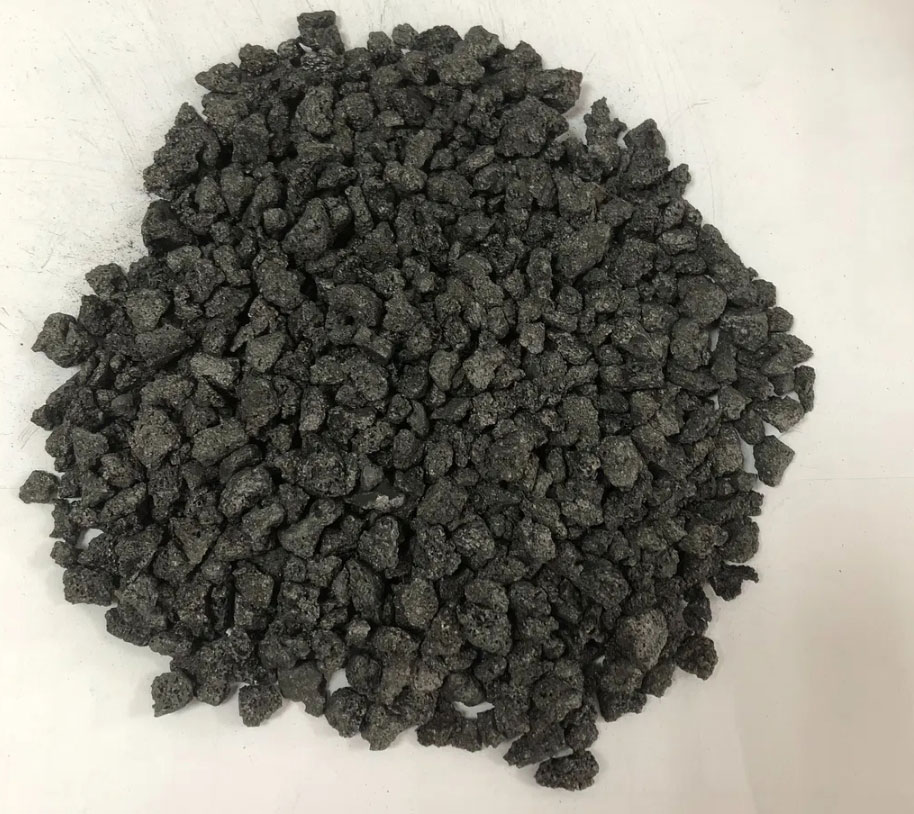
Steel production uses Graphite Petroleum Coke to produce graphite electrodes for electric arc furnaces (EAF). The EAF produces intense heat that melts scrap steel and turns it into finished products. The tip of an EAF electrode can reach temperatures as high as to 3000 degrees Celsius. This is about half the temperature of the sun's surface. The electrodes are made of graphite, because it is the only substance that can stand up to temperatures high enough to melt steel. Graphite is a crucial carbon material that is used in the steel industry as well as for various other industrial applications that require high temperatures.
The efficiency and effectiveness of the electric arc process are directly influenced by the quality of the Graphite petroleum coke used. It is important that the quality of the petroleum coke be determined by strict specifications. A Graphite petroleum coke with low levels of impurity and a uniform particle size as well as high fixed carbon content can enhance the electrical conductivity as well as reduce the power losses of graphite electrodes. A high resistance to oxidation will also prolong the life of electrodes, and reduce the frequency of replacement.
High-quality calcining petroleum coke has a very low moisture content which stops the drying process from oxidizing and ensures that the petcoke is stable in industrial use. The drying process has to be controlled carefully in order to avoid unwanted reactions that may alter its chemical properties or performance. The process is defined by a continuous flow of hot air, which passes through the calcined coke, and it takes about 20 to 40 hours to achieve the complete vaporization of the remaining tar.
Based on its quality, calcining oil coal is classified either as low Sulfurgraphite or non-graphite petroleum coke. Low Sulfurgraphite Petrol Coke, also called needle coal is a raw material used to manufacture ultra-high power electrodes for melting aluminum and electric arc furnaces. Its strength is in its exceptional performance and flexibility.
To determine the exact type, a chemical analysis is needed. The type of coke is determined by analyzing the concentrations of carbon, hydrogen, oxygen, nitrogen and sulfur and sulfur, in addition to other elements.
The high fixed carbon content of a Graphite Petroleum Coke can greatly increase the electrical conductivity of graphite used for electrodes in the electric arc furnace steelmaking. Chemical stability makes it impervious to oxidation under extreme conditions. This increases the life of graphite and reduces the need for replacements. Additionally its low CTE reduces the stress on the electrode and cracking in high-temperature fluctuations. Its exceptional mechanical strength and durability also permit it to withstand the rigors of handling and operations, which ensures long-term reliability and effectiveness. This makes Graphite Coke a great choice for industries that demand high-quality, performance and sustainability.

Write a Message